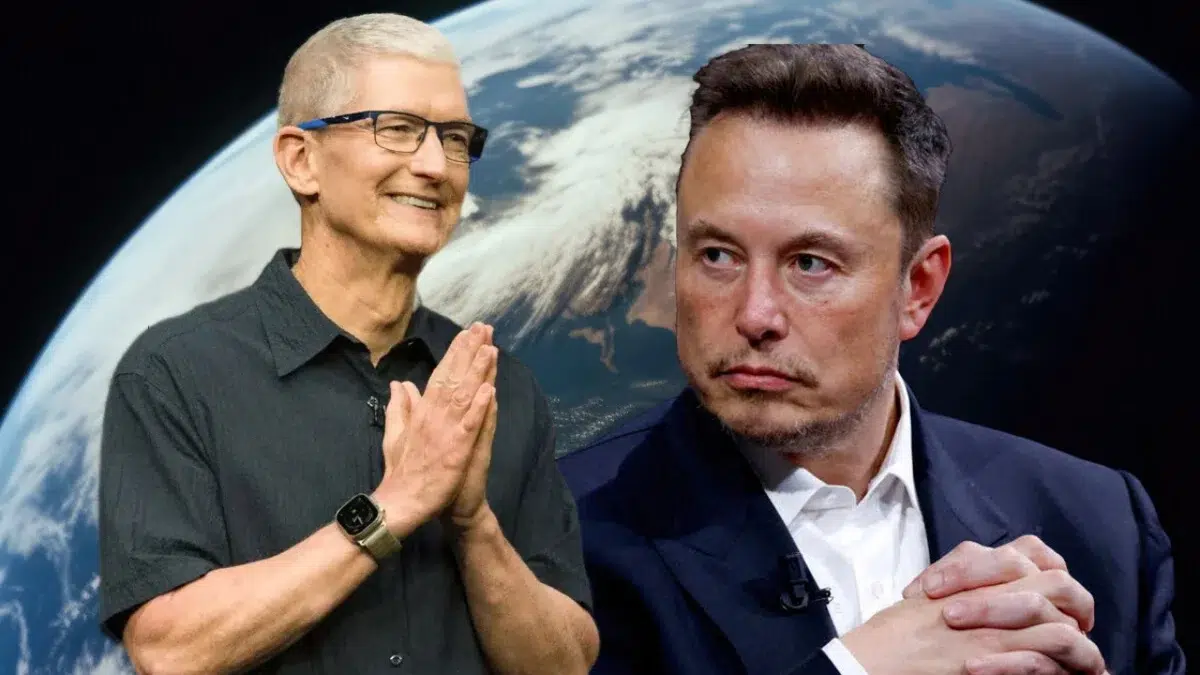Show table of content Hide table of content
In 2022, Elon Musk tried to convince Apple to adopt his Starlink technology. Three years later, iPhones are indeed using his satellites – but without having paid Musk a penny.
A phone call, an ultimatum, a refusal
It was August 2022. Just as Apple was about to unveil the iPhone 14, Tim Cook received an unexpected call. At the other end of the line was Elon Musk. The man behind SpaceX and Tesla didn’t mince his words: “You have 72 hours. Either you pay $5 billion to integrate Starlink, or I become your direct competitor”. Three years later, the consequences of this decision are visible in the sky… and on our mobile phones. What Musk may not have known is that the idea of a satellite-connected iPhone was nothing new in Cupertino. Back in 2015, Apple launched Project Eagle: an ambitious collaboration with Boeing to deploy its own constellation of satellites. The goal? To provide a broadband connection, without wires or operators, to all its devices… and to all homes.
But between the regulatory risks (of being considered a telecoms operator) and the fear of offending partners such as AT&T and Verizon – who account for a significant proportion of its sales – Tim Cook preferred to abandon the project. In the absence of a global network, Apple has opted for a discreet solution: an emergency SOS service via satellite, developed in partnership with Globalstar, a smaller player but much more docile than SpaceX. No controversy about X (ex-Twitter), no ego, no surprises. Apple gains control of the service – but perhaps misses out on a revolution.
Musk strikes back: Starlink joins forces with T-Mobile
Two weeks before the presentation of iPhone 14, Musk unveils his counter-plan: an alliance with T-Mobile to launch Starlink Direct to Cell, enabling any smartphone to access an internet connection from space, without dedicated hardware.
The result? While iPhone SOS lets you call for help in the mountains, Direct to Cell lets you make calls, send messages and even scroll through TikTok from Everest. And ironically, iPhones themselves can now use this service… as long as they are with T-Mobile.
And what about today?
Star wars have only just begun. The Apple Watch Ultra 3 should soon include a satellite connection. Starlink is extending its services, already tested in Chile and Peru, to other markets. Musk claims to have been betrayed, but continues to move forward.
By refusing to give in to Elon Musk’s ultimatum, Tim Cook has avoided depending on a partner who is as unpredictable as he is brilliant. But at what price? Some see it as a demonstration of strategic prudence. Others see it as a missed opportunity. What is certain is that the sky belongs to those who know how to reach it.


